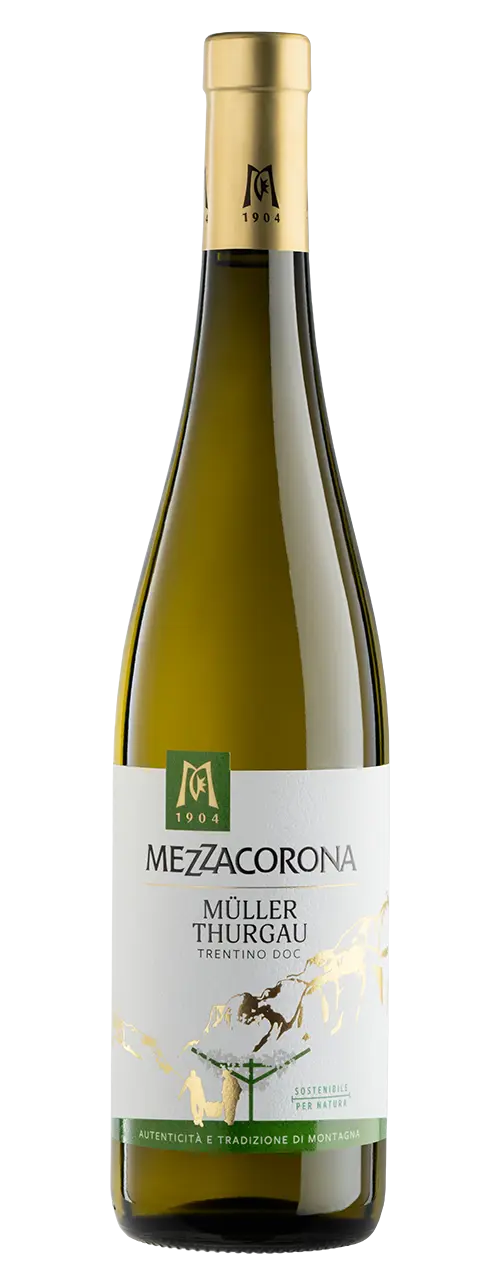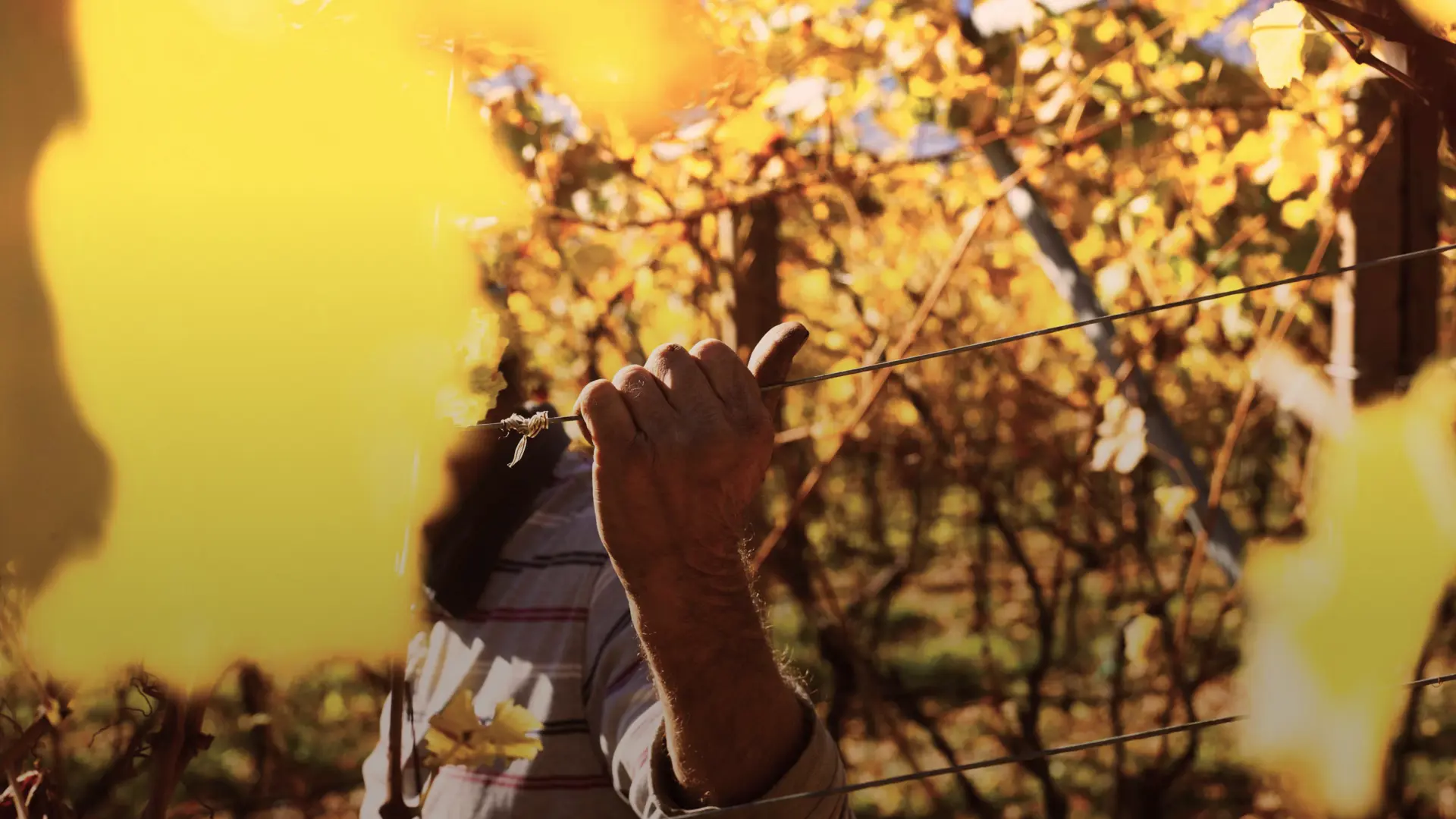Introduzione storica
Il nome si deve allo svizzero Hermann Müller, enologo alla ricerca della perfezione. Dopo molto studio e impegno, la trova nel 1882 quando crea il famoso MüIller Thurgau, incrocio perfetto tra due vitigni: Riesling e Madeleine Royale. In Trentino le prime informazioni sul Müller Thurgau sono riportate nel 1950 sul quindicinale “Agricoltura Trentina” dell’Ispettorato dell’Agricoltura della Provincia, a cura del dott. Gino Salvaterra. Nella nota si riferisce di una sperimentazione con l’Istituto Agrario di San Michele all’Adige di circa 10 anni che ha portato a giudizi positivi su questa nuova varietà, purché si preferiscano le zone fra i 500 e i 750 metri di altitudine, e per le quote di 500 – 550 metri le esposizioni meno solatie.


I terreni del Muller Thurgau
I vigneti vocati per la produzione di Müller Thurgau sono situati nei pressi degli abitati di Cembra e di Ville di Giovo, in Val di Cembra. Qui i suoli sono tendenzialmente sabbiosi o franco–sabbiosi, spesso ricchi in scheletro arrotondato con riserva idrica limitata che esaltano le caratteristiche produttive di questa varietà. Caratteristici sono i terrazzamenti a vigneto sostenuti da muri a secco sui versanti formati da rocce porfiriche.



Classici
Müller Thurgau
Trentino DOC
Varietà aromatica per eccellenza, è coltivata con tenacia dai soci Mezzacorona in Valle di Cembra, dove riesce a dare massima espressione alla sua ricchezza di fragranze.
Scopri

Castel Firmian
Müller Thurgau
Trentino DOC
Vino prodotto con le uve coltivate dai soci Mezzacorona esclusivamente nei vigneti della Valle di Cembra, dove il clima montano dei terrazzamenti dona forza ed equilibrio.
Scopri

Castel Firmian Riserve e Superiori
Müller Thurgau
Trentino DOC
Questo Müller Thurgau Superiore nasce dalla tenacia dei nostri soci viticoltori della Val di Cembra. I vigneti selezionati si trovano sui pendii scoscesi fra i 650 e i 750m e ben esposti a sud ovest.
Scopri


Musivum
Müller Thurgau
Trentino DOC Superiore
Per la produzione sono stati scelti i migliori vigneti nelle zone sopra i 550-650m in Valle di Cembra, caratterizzati da vegetazione rigogliosa e grappoli ricchi e acini forti.
Scopri







